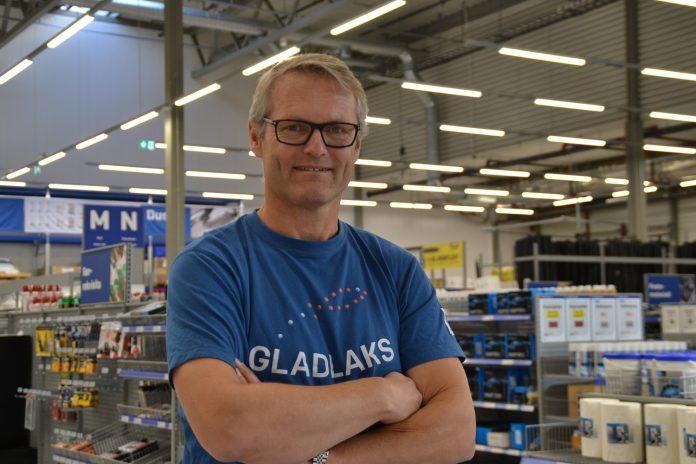Industry voices from the Norwegian salmon-farming scene weigh in to challenge rough math presented by Norway’s Greens suggesting 325 tonnes of plastic enter local waterways via worn feed pipe.
“I think it’s very alarming that (a daily newspaper) let something like that slip,” said Anders Kallerud, aquaculture director in Broedrene Dahl, a pipe maker for the sector.
Read Stop using plastic feed pipe, Greens urge
SalmonBusiness late on Friday picked up a week-old report by Norwegian green group Friends of the Earth which suggested massive amounts of microbeads were being deposited whenever aquafeed was automatically fed to waiting salmon in pens. A senior member of the group said he had come upon discarded feed pipe that proved to be so ground down, he decided to measure the weight of worn pipe segments versus unused feed pipe.
“I cut the pipe into 2-meter sections and then weighed them with an acceptable scale. An unused pipe of this type should typically weigh around 3 kilograms if it’s two meters long. Those I weighed were down to 2.64 kg,” he reportedly said.
But Kallerud and Skretting Norway did some calculations based on their many inspections of Norwegian fish farms. Like the Greens, they used the figure of 800 grow-outs (about 200 fewer than there really are) and an average of seven pens per location. The pipe has up to six bends and corners (where most of the grinding occurs). Friends of the Earth found each pipe had lost 0.36 kg per two meters of pipe.
2.16 kg ground plastic (0.36 kg x six turns) x 7 lengths of pipe x 800 grow-outs = 12,096 kg (expected lifetime of approximately 1-2 years, not five years as reported locally in Norway)
Serious enough
That’s 12,096 kg per generation of fish or pipe installment. Over 10 years, that’ll be 60.48 t of plastic. That’s far from the 325 t the Greens’ “rough estimate” had offered.
Leif Helge Skjaeveland, head of communications at Skretting Norway, took the problem of plastic discharge seriously.
“It’s alright to employ a bit of sobriety on the numbers, but we shouldn’t hide from the problem of plastic pollution. We at Skretting have had plastic on the radar for a long time. Ever since we bothered to insist that our plastic feed bags were returned, and that we now have our own service team that check feed equipment to cut down on turns and corners that crush feed and grind the plastic pipe,” he said, adding, “We’re glad there’s now a focus on it. There are things we can do about it.”
60 t is worse case
Kallerud said he thinks 60 t over 10 years is a worst-case scenario. “The most important thing is that fish farmers feed salmon in a way that minimizes the problem. The calculation of 60 t is truly a worst-case scenario. It would mean you’ve got paper thin pipes along all the corners in all feed pipes and in all fish farms in all the land. It isn’t even close to reality,” he said.
Guidelines
Kallerud said farmers already have guidelines they follow to minimize damage on pipes. Broedrene Dahl has developed an FDV document where they provide recommendations on the use of antistatic feed pipe.
“Most fish farmers are convinced on the points we mention in the document. They keep to within those guidelines, and in that way the real situation of feed and pipe is a lot less than the theoretical worse-case scenario. Our calculations show 60 t — and that is worse case — if no one follows reason or the guidelines.”

